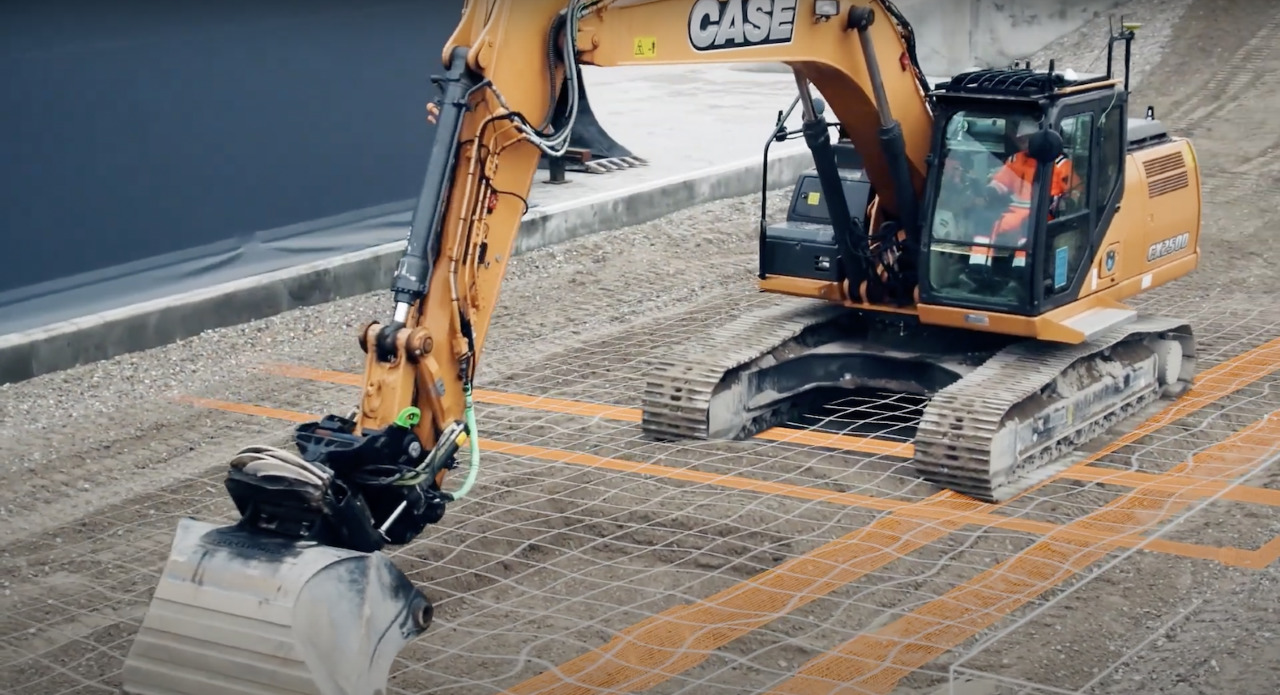
Autonomous and automated technology needs to enable faster decision-making and deliver lower overhead costs if UK contractors are to adopt it on a wider basis.
That’s the key finding from a new report from Hexagon, Autonomous Construction Tech Outlook.
UK contractors accounted for 10% of the 1,000-plus respondents that Hexagon interviewed in Q4 2022.
Other key factors that UK contractors suggested would aid the wider adoption of autonomous and automated technology were: enhanced internal data circulation; more efficient waste management; and improved project planning.
Commonly cited reasons for not adopting such technology included:
- a lack of understanding of the value provided;
- the cost;
- worry about how to incorporate it into the current tech stack;
- a lack of familiarity with such tools; and
- the technology being too disruptive for operation.
That said, it’s worth noting that more than three-quarters (77%) of the UK contractors said they already use autonomous and automated technology.
They cited the following as the three most popular benefits: increased process efficiency; easier cross-functional collaboration; and improved sustainability/less waste.
Among the most popular autonomous and automated technology being used by UK contractors were surveying tools, modelling and simulation tools and workplace safety tools.
Future spend
More than half of the UK respondents are planning to spend between £5m and £15m on autonomous and automated technology within the next three years.
Thomas Harring, president of Hexagon’s Geosystems division, said: “Construction firms are turning to autonomous solutions to mitigate risks better and improve the effectiveness of operations, which are both key to overcoming the productivity, sustainability and profitability issues they face every day.
“Progressive firms, which are adopting autonomous solutions at a faster rate and in more areas of their business than their competitors, know that this technology does a lot more than automate tasks. Autonomous tech makes job sites safer, more efficient and less wasteful by closing the ‘data leverage gap’ – that ever-widening chasm that exists between the data created during the lifecycle of a project and the data actually used to produce meaningful insights, outcomes and opportunities for growth.
“And this is just the tip of the iceberg. Autonomous technology is transformative technology that will define the next era of construction. The key right now is to help the industry leverage technology in a way that ensures optimisation and lasting, scalable results.”
Don’t miss out on BIM and digital construction news: sign up to receive the BIMplus newsletter.












